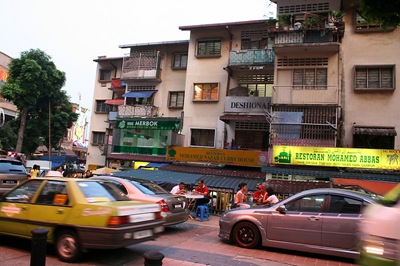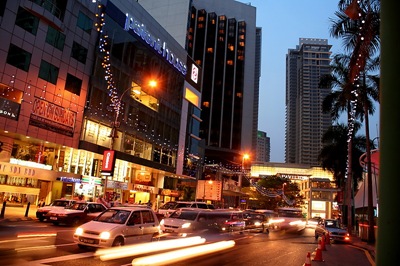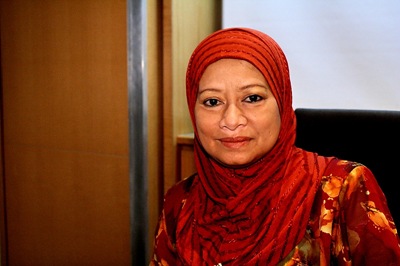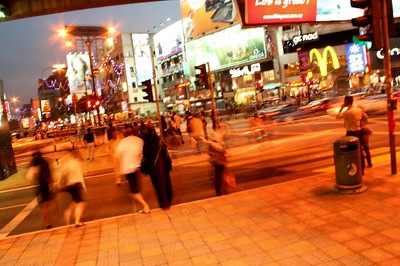Jalan Bukit Bintang, as most of us know it, is a strip of road lined with shopping malls built for wallets of all sizes; cafes catering every possible taste; hotels adorned with anywhere between no stars to 5 stars; countless massage parlours, and much much more. It is the shopping haven for locals and tourists alike.
But it hasn’t always been that way, has it? No, change is the only constant. But then, how did it looked like is the yesteryears?
I spoke to Siti about it. Now a receptionist, she used to live along that road. That’s right, people used to live at what is now Kuala Lumpur’s shopping capitol.
She lived in a shop house, at the place where KL Plaza now stands. On that 12000 m2 that the plaza occupies, there was also a fair ground where fun fairs were held. That was BB Park. There was also a wet market, right next to her home. Oh yes, it must have been a happening place even back then.
Pavilion: There was a girl’s school here?!
In the 60’s, the area was a tight-knit community. Everyone knew everyone, and although Malays are a minority here, its still a good mix; the Chinese and Indians were there. She recalls the friendliness of the neighbours, the traders, everyone. Some traders would leave their stuff at her door for the night, moving them out to set up their stall again the next day.
She remembers fondly of visiting a nearby noodle factory, and follow the production every step of the way. Come Chinese New Year, she gets to see how kuih kapit is made, just as I have watched my grandmother make it.
It didn’t last long however.
6pm, 13th May 1969
It was just after the general elections, people had been running all over the place with banners for some time. Nothing unusual, or so it would seem.
A 14 year old Siti just got home from school when her uncle announced that there was trouble brewing in Kampung Baru. They would have to pack and leave. It was trouble indeed, the taxi they were escaping on had to speed through a mob roadblock just to get to safety.
It was the infamous May 13 riots.
She stayed in her aunt’s house in Kampung Baru, a predominantly Malay area. From the windows, she could see armed mobs going up and down the roads, things burning in the street, gunfire at a distance.
It wasn’t long before a curfew was imposed, and she had to survive on rations of rice, oil, and biscuits. It didn’t last long fortunately, and the curfew was lifted after a few days. She could now return home… or what’s left of it.
She was told that machete-armed men stormed her home and ransacked it. Some shophouses were burnt too. As for the market, people say many bodies were carried out of area.
 Some shophouses behind KL Plaza. Were they here at the time? What horrors must it had witnessed then.
Some shophouses behind KL Plaza. Were they here at the time? What horrors must it had witnessed then.
She had to move out. And just had the riots left a deep scar in our politics, it left a deep one in the local community as well. It would take many years before the place was repopulated.
There are hardly any signs of the stories she described are left today, perhaps except for the shophouses that still stand around the area today.
Arguably, the place still stands as a confluence of cultures, but of a different kind: one driven by the full force of globalization.




